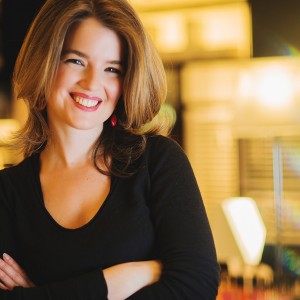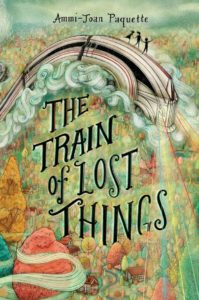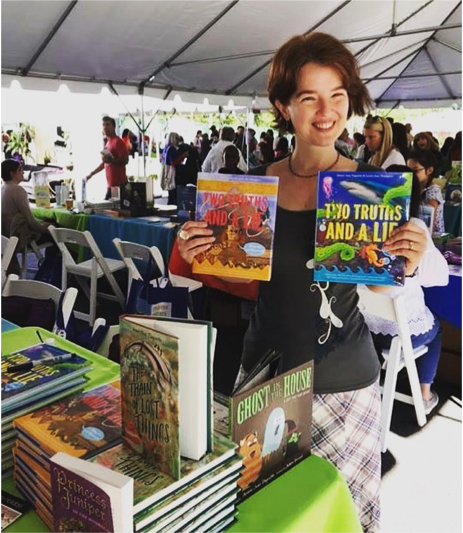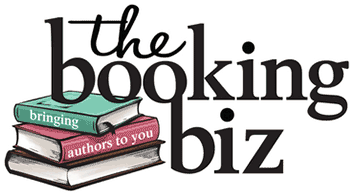Just like it takes a village to raise a child, it also takes a line of people to get the right book into the right young hands. Agents and editors are the first gatekeepers, acquiring books that they think will enrich the lives of many kids. Teachers and librarians are in the front lines, getting to know each book and each child then playing match-maker with recommendations. But how does the first link in the chain work? What makes authors create a story that will be passed from agent to editor to librarian to child?
Our client, Ammi-Joan Paquette, has been that first link for picture books, middle-grade, young adult and even non-fiction. In this guest post, she explores how a spark of inspiration can become a guiding light for so many…

If there’s one thing you can say about most authors, is that they are probably ‘book people’ – at least I know that I am. For any given subject, mood, question, or idea, I’m likely to find on the tip of my tongue the title of a book that I’ve recently read and loved. I love reading, and I read across a huge range of types and topics.
And, it turns out, I write exactly the same way. I always have. My range of interest shows up in my eclectic publishing list: from the youngest of preschool read-aloud picture books to YA science fiction to adventure fantasy to creative non-fiction. I love a great story, whether in the reading or the telling.
Over the last couple of months, I’ve been making appearances at various book festivals across the country. Each attending author is set up at a table alongside our published books, so kids and parents can browse and choose books to get signed and personalized by the authors.
So there I am, with my dozen or so books arranged in front of me. As kids walk by, it’s fascinating to watch them in action. What do they pick up? Which covers are they most drawn to? What story pitch makes their eyes light up? What are they most excited about? Of course, all this varies by area, by day, by age group, by individual child. And it’s a particular joy of mine to publish such a range of books that I’ve almost always got “just the thing!” to light a young reader’s fire.

Really, this is what teachers do all the time with their students: listening, observing, suggesting, guiding. It’s like we’re all in one great connecting chain, linked by our love of words and books and story.
But all this has gotten me thinking about books and how individual they are—from child to child, but also for the same reader for different times. As an author, my best book ideas often arise from a very personal moment or life experience that pushes me to go deeper to explore a question, or an idea, or a subject.
With my most recent novel, THE TRAIN OF LOST THINGS, that experience was two-fold: first, when my daughter lost a much-loved jacket, for which she’d spent months gathering pins and badges, and which got me thinking nostalgically about things I’d lost over the years. Where are they? Are they really gone forever? What if I could get them back . . . And this got me thinking of a much deeper loss: my mother’s passing from lung cancer fifteen years ago—a very different type of loss, for sure, and one which many young readers will hopefully have not yet experienced in their own lives.
Yet sooner or later, loss will touch all of our lives, whether young or old. And books that make us feel, that show us that it’s okay to feel, can act as a guidepost or a light along the way for a child who may be stumbling into that territory for the first time. Books give a safe space to explore those deeper, darker feelings. There is always a The End, always a cover to close, a bedside lamp to turn off.
Books that make us feel, that show us that it’s okay to feel, can act as a guidepost or a light along the way for a child who may be stumbling into that territory for the first time.

Of course, feeling is not the only purpose for a book. On the very opposite side of the publishing shelf is my series TWO TRUTHS AND A LIE, co-authored with Laurie Ann Thompson. These “non-fiction with a twist” books contain a wild mash of high-interest articles in full color with photographs, maps, and diagrams. Every chapter has three stories on one theme—but there’s a catch! Two of those stories are 100% true. But … one story is made up!
So first, the child is reading for pleasure, simply enjoying the exciting tale. Once done reading, though, that’s when the thinking begins. Which stories are true and which is made up? Do I recognize any of the elements? How can I discover what’s real in what I have read? Where and how can I best research this subject? The goal in this series is not to tell kids what to think, but to encourage them to think—to get the wheels of their mind turning, to show that just because something is printed in a book does not automatically mean it should be taken at face value. A skill—let’s face it—that is increasingly essential in our world today.
So that’s my joy as an author: thinking widely, writing widely, presenting a range of books—from emotion to reasoning to entertainment, and everything in between. Just a link in the great book chain that connects us all.
Read more about Ammi-Joan Paquette on her speaker page.
